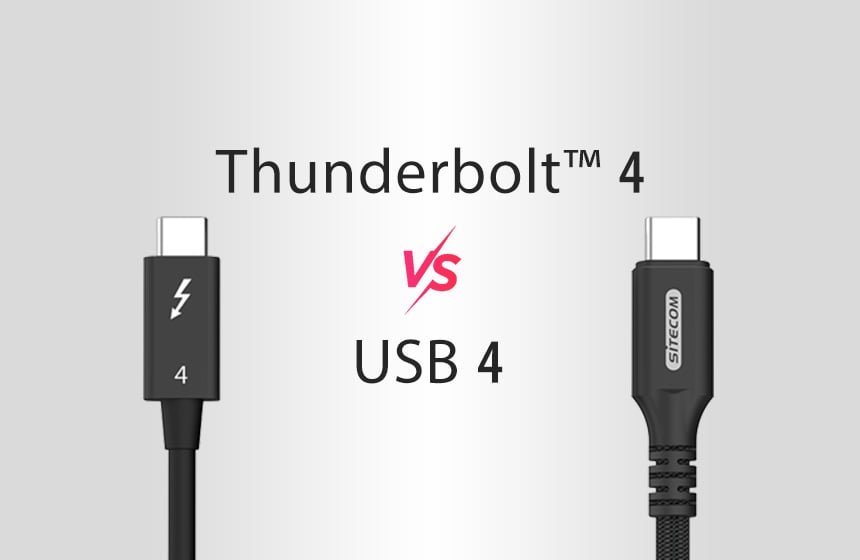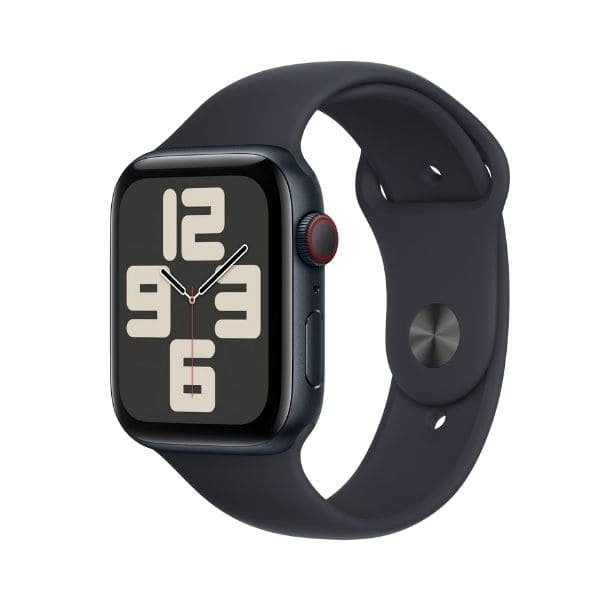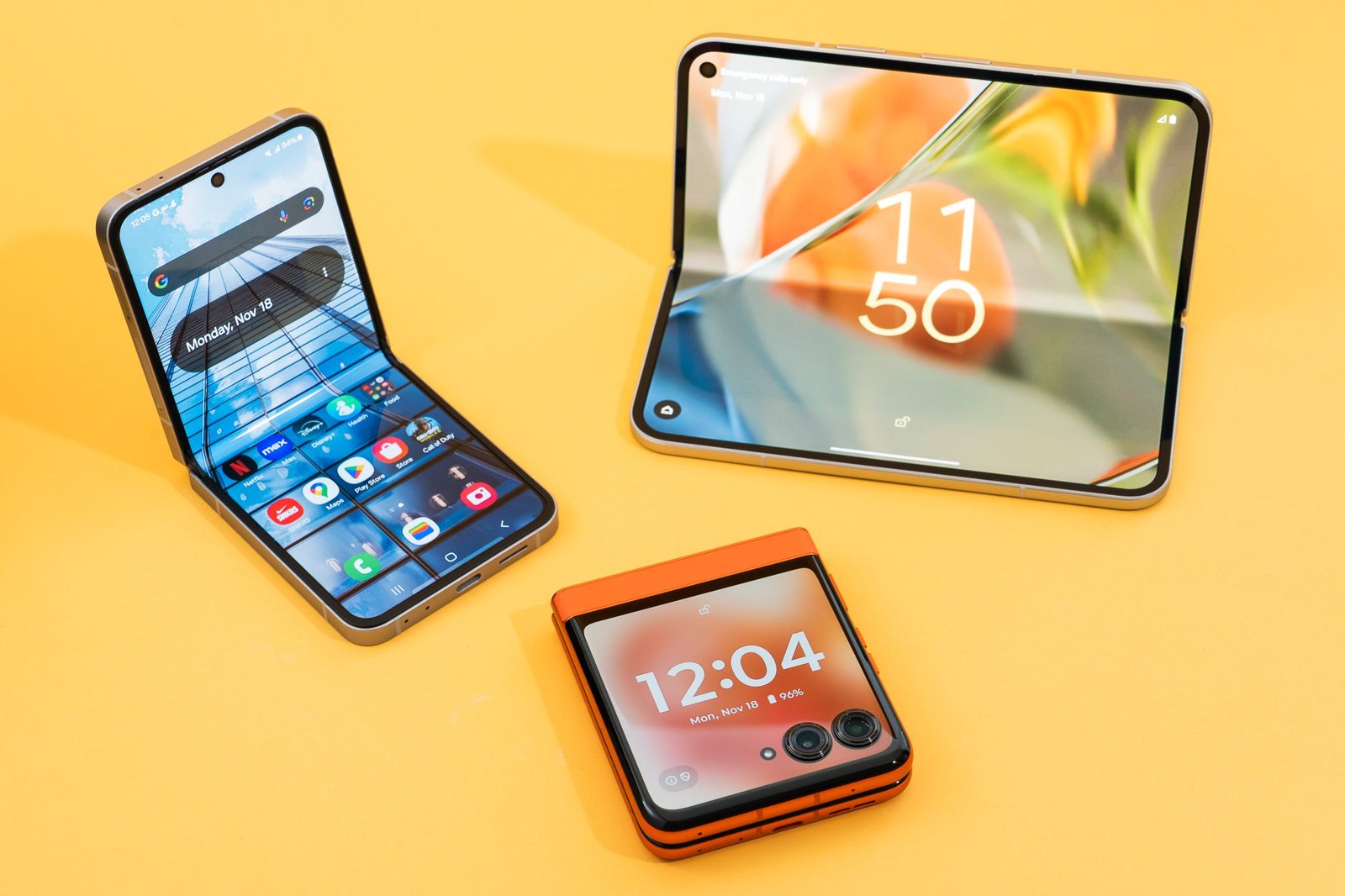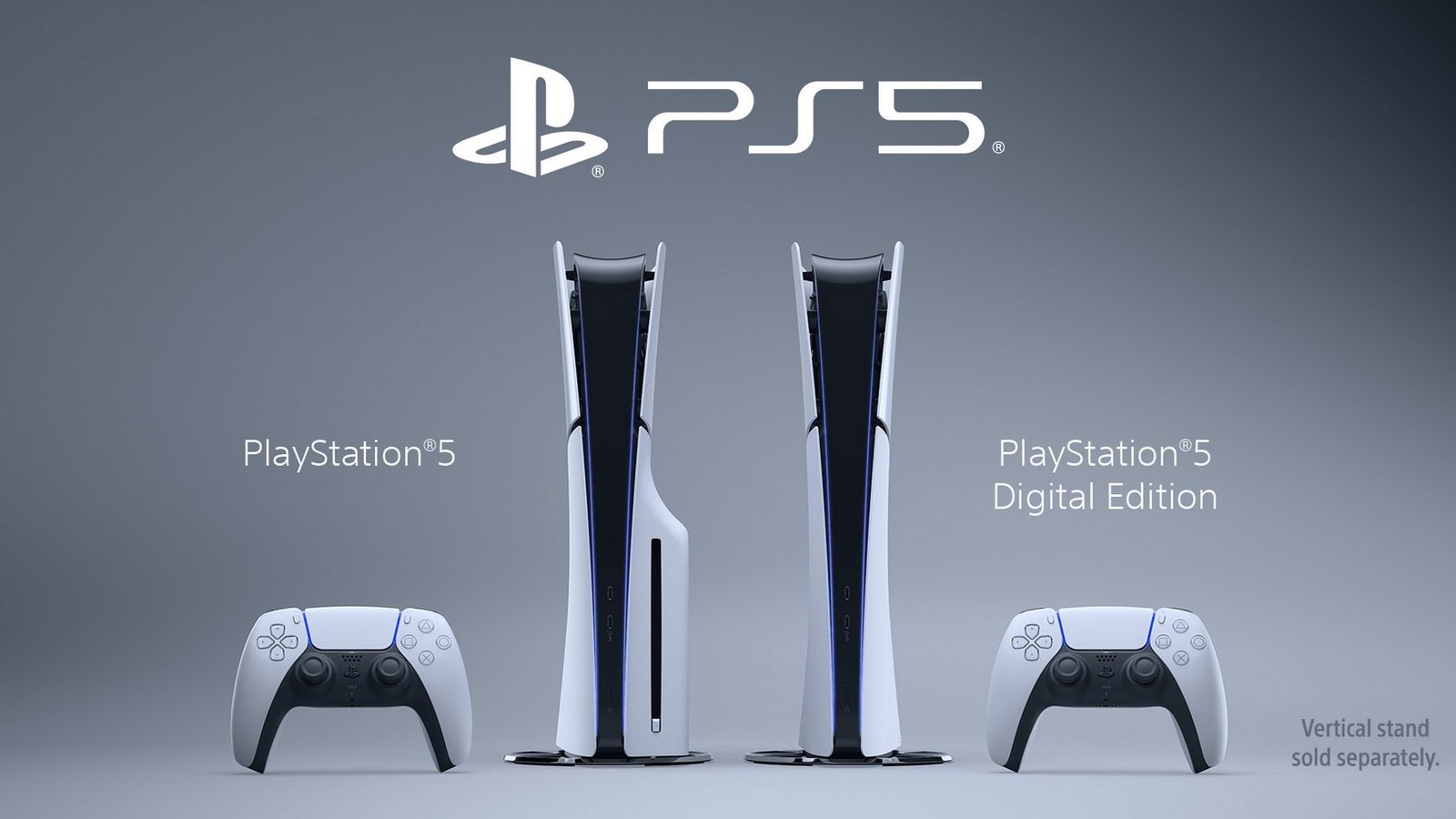Table of Contents
The great USB-C vs Thunderbolt debate is one of the most confusing parts of modern tech. You have two cables that look identical. You have two ports that look identical. One costs a few bucks, and the other costs a small fortune. One can barely charge your phone, and the other can run two 4K monitors. What gives?
Welcome to the tech industry’s favorite game: “Is this cable magic, or just useless?”
The truth is, it’s surprisingly simple once you understand one core secret. They aren’t actually competing. They’re two different things entirely.
The Golden Rule:
USB-C is the SHAPE of the plug. Thunderbolt is the SUPERPOWER running through it.
Let’s break down what that actually means.
1. USB-C: It’s Just a Shape (A Very Good Shape)
Think of USB-C as just the physical connector—the small, oval, reversible plug that you can’t plug in upside down (a true miracle of modern engineering).
USB-C is the new industry standard, and it’s fantastic. It’s replacing all those old, clunky USB-A rectangles, Micro-USB, and a dozen other random cables you have in your junk drawer.
But here’s the key: the USB-C shape can be used for many different technologies, each with different speeds and capabilities. A USB-C cable could be a simple, slow USB 2.0 cable for charging your headphones, or it could be a super-fast USB4 cable. The plug looks the same, but the technology inside is wildly different.
2. Thunderbolt 4: It’s the Superpower (The Technology)
Thunderbolt is a specific, high-performance technology (or “protocol”) created by Intel. It’s designed to be the one port to rule them all. When a port is certified for Thunderbolt 4, it means it guarantees a very high level of performance.
The Highway Analogy:
Imagine your cable is a highway.
- A basic USB-C cable might be a quiet, two-lane country road.
- Thunderbolt 4 is an 8-lane superhighway.
It guarantees a massive, consistent data speed of 40 Gigabits per second (Gbps). This superhighway is big enough to carry huge amounts of data, multiple high-resolution video signals, and power, all at the same time.
3. The “Aha!” Moment: The Relationship Between USB-C vs Thunderbolt
This is where it all clicks together.
All Thunderbolt 4 ports use the USB-C shape, but not all USB-C ports have Thunderbolt 4 power.
It’s the classic “a square is a rectangle, but a rectangle is not a square” situation.
- Thunderbolt 4 must use the USB-C connector shape. That’s part of its specification.
- However, a device manufacturer can put a basic, slow USB-C port on their laptop without paying to include the expensive Thunderbolt 4 technology.
This is why your high-end MacBook Pro has Thunderbolt 4 ports, while a cheaper laptop might just have standard USB-C ports. They look the same, but they are not created equal.
USB-C vs Thunderbolt At a Glance: The Key Differences
| Feature | Standard USB-C Port | Thunderbolt 4 Port |
|---|---|---|
| Connector Shape | Oval USB-C | Oval USB-C (Identical) |
| Max Speed | Varies wildly (from slow USB 2.0 to fast USB4) | Guaranteed 40 Gbps |
| Video Output | Maybe? Supports one monitor, sometimes. | Guaranteed support for two 4K monitors |
| Power | Can deliver power, but amount varies. | Guaranteed to deliver at least 15W of power. |
| Compatibility | Works with all USB devices. | Works with all USB and all Thunderbolt devices. |
How Do I Know What Port I Have?
This is the easy part. The tech world agreed to make this simple. Look at the port on your laptop or device.
- If it’s a Thunderbolt 4 port, it will have a small lightning bolt symbol ⚡ printed next to it.
- If it’s a standard USB-C port, it will usually have the USB “trident” symbol, or sometimes nothing at all.
No lightning bolt? No Thunderbolt. It’s that simple.
Conclusion: It’s All About the Bolt
So, the next time you’re trying to figure out your cables, just remember the golden rule. USB-C is the shape, Thunderbolt is the speed.
The USB-C vs Thunderbolt confusion ends when you stop seeing them as competitors and start seeing them as a shape and a superpower. Always look for the lightning bolt, and you’ll know you have the port that can do it all.
USB-C vs Thunderbolt: Has this ever confused you? Did you buy a cable thinking it would be super-fast only to be disappointed? Share your story in the comments!







Leave a Reply
You must be logged in to post a comment.